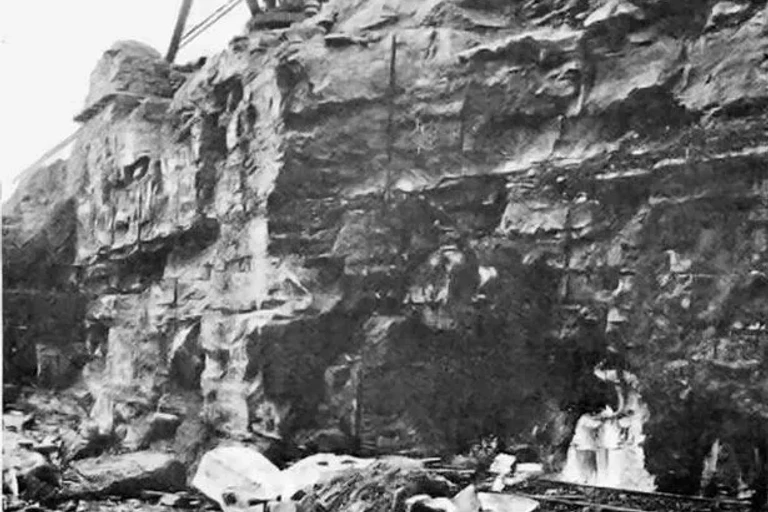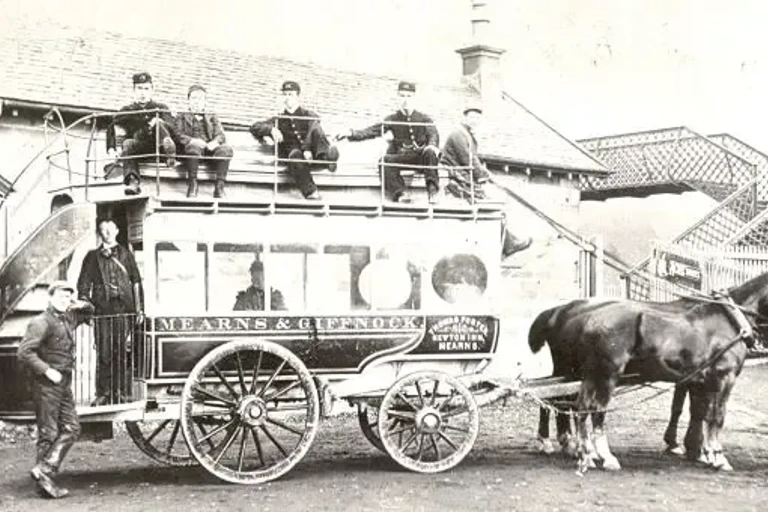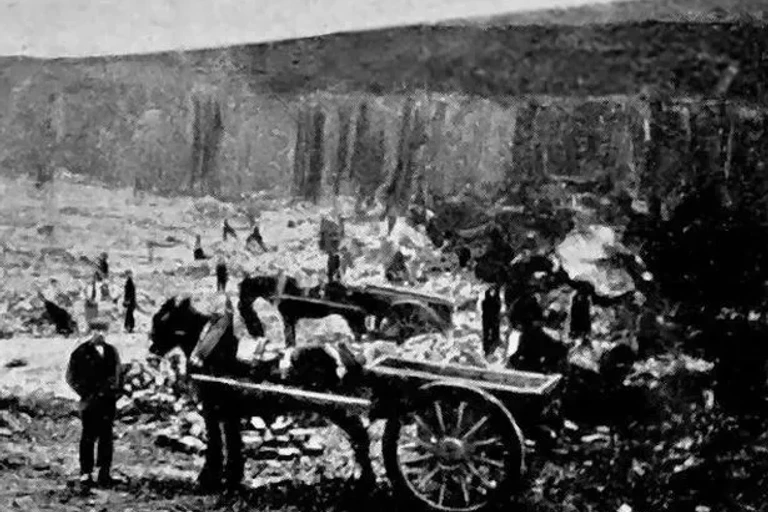- Blog
- A Brief History Of Giffnock
A Brief History of Giffnock: From Quarries to Community
Early Mentions and Etymology
The earliest recorded mention of Giffnock dates all the way back to 1530. The name "Giffnock" itself is believed to derive from a combination of Brythonic and Gaelic origins: 'Cefn' meaning 'ridge' and 'cnoc' meaning 'hill,' collectively interpreted as "Little Ridge."
Sandstone Quarrying Boom
In 1835, Giffnock's landscape changed dramatically with the opening of its first sandstone quarry. Over time, the town became renowned for its high-quality "liver rock" sandstone, leading to the establishment of multiple quarries employing over 1,000 men at their peak. This sandstone was instrumental in constructing notable Glasgow structures, including parts of the University of Glasgow and the interior of Kelvingrove Art Gallery.

Transportation and Urban Development
The introduction of the Busby Railway in 1866 significantly boosted Giffnock's connectivity, facilitating the transport of quarried stone and encouraging residential development. Affluent merchants constructed sandstone villas, attracted by the area's cleaner environment compared to industrial Glasgow. The early 20th century saw further expansion with the establishment of additional railway stations and the extension of Glasgow's tram network to Giffnock, enhancing its appeal as a suburban residence.
Community Growth and Cultural Landmarks
The early 20th century marked significant growth for Giffnock, with the population increasing from approximately 1,425 in the early 1900s to over 9,000 by 1951. This period also saw the opening of Rouken Glen Park in 1906, donated by Archibald Cameron Corbett, MP, providing residents with a vast recreational space. Additionally, the establishment of the Giffnock Synagogue in the 1930s highlighted the area's growing cultural diversity.

Legacy of the Quarries
While quarrying ceased by the 1920s due to flooding and economic challenges, the legacy of this industry remains embedded in Giffnock's identity. The quarries not only shaped the physical landscape but also played a pivotal role in the town's economic and social development.
Today, Giffnock stands as a testament to its industrious past, seamlessly blending historical significance with modern suburban living.
